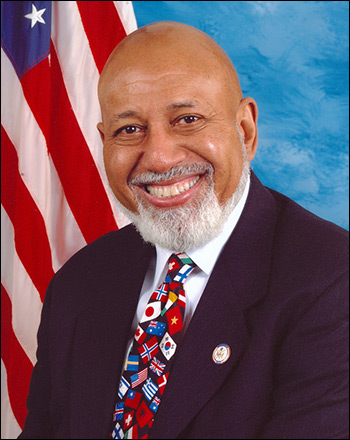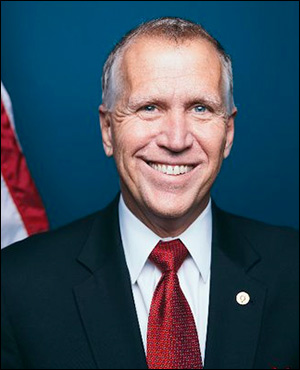By Jim Ellis
June 10, 2010 — A new Alaska statewide political survey suggests that Sen. Lisa Murkowski (R) is in serious danger of losing her coming re-election campaign.Change Research, polling for the 314 Action Fund, an organization committed to electing more scientists to public office, conducted a study of the Alaska electorate and found incumbent Sen. Murkowski, who is looking to win a fourth full term, (R) faring poorly.
The poll (May 22-25; released June 9; 1,023 likely Alaska voters, online) tested Murkowski against announced Republican opponent Kelly Tshibaka, the former Alaska Commissioner of Administration, Dr. Al Gross, the 2020 Senate Democratic nominee who lost 54-41 percent to Republican incumbent Dan Sullivan, and John Wayne Howe of the Alaska Independence Party.
In 2020, Alaska voters adopted a new ballot procedure initiative that changes the state’s nomination system into a unique “top four” jungle primary. This means the four candidates attracting the most votes in the initial election all advance into the general election.
With Sen. Murkowski having trouble within her own Republican Party, this system prevents her from again facing a closed partisan primary like the one she lost in 2010, since it is difficult to fathom she or any other incumbent failing to even place fourth in a primary election. In the year she lost re-nomination, Sen. Murkowski was able to quickly rebound and win as a write-in general election candidate.
While the top-four system likely helps Sen. Murkowski, the new general election system may not play to her favor. After the top four candidates qualify, the ranked-choice voting system takes effect to decide the general election. This means voters will rank the candidates from 1 through 4.
Once the fourth place finisher is determined, assuming no one has reached 50 percent, those voters who rank the fourth place finisher as number 1 have their ballots retrieved and their second choice is added to the remaining totals. This process continues in rounds until one candidate secures majority support.







